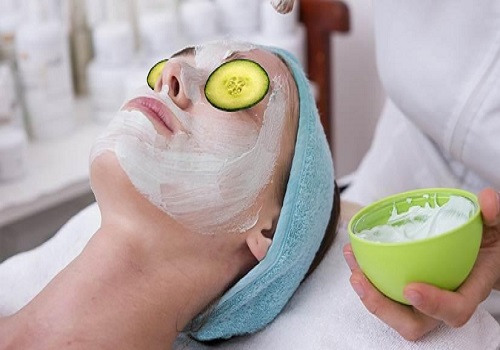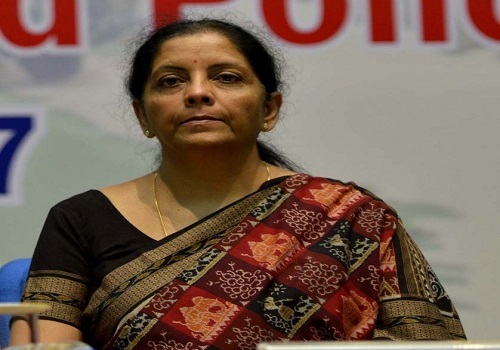The Indian Wellness and skincare industry vis-a-vis global market

Follow us Now on Telegram ! Get daily 10 - 12 important updates on Business, Finance and Investment. Join our Telegram Channel
The wellness and personal care industry in India is growing at a massive pace. The industry which was earlier majorly connected to the affluent section of the society, has now penetrated to the middle class across states, smaller cities and districts. While the middle class earlier connected personal care with low cost and affordable products, now the same middle class prefers spending on personal care products, with their rising disposable income. Over the past nine years, the per capita income in India has doubled to Rs 1.97 lakh. Similarly, the per capita spending on beauty and personal care products was around Rs 450 per annum in 2017, this is expected to almost double during the 2019-2024 period.
Over the years, the personal care industry brands in India too have been working consistently on innovation, agility and service consistency. Manufacturing companies have spent massively on R&D, innovative machines and focused on building multiple types of personal and skincare products. Companies in India, have also been quick with execution, ensuring good quality of products.
On a global level, the market has been classified into Europe, North America, Asia Pacific, Middle East and Africa, Latin America, where Asia Pacific currently dominates the global market. The skincare and wellness market in India was valued at USD 10.1 billion in 2018 and is forecast to reach USD 30 by 2024. It is expected to expand at a compounded annual growth rate (CAGR) of - 18.40 per cent during the 2019-2024 period. The global skin care products market size was valued at USD 130.50 billion in 2021 and is expected to expand at a compound annual growth rate (CAGR) of 4.6 per cent from 2022 to 2030.
Both in India, as well as globally, rising consumer awareness towards regular skin care, along with the introduction of diversified sustainable products is catalysing the consistent growth in the market.
India's beauty and personal care startups, have grown rapidly in the last few years, raising about $700 million in funding since 2014. The market is becoming highly crowded and competitive today. With so many start-up brands entering the market in last five years, these start-ups have not only created a niche for themselves but have challenged multinational brands with their innovative products.
Due to the quick growth rate in India, personal care market is becoming a lucrative sector, even for the investors. On a global scale, supermarkets and hypermarkets, beauty parlours and salons, multi-branded retail stores, online, exclusive retail stores have influenced the consumer market for skincare products and brands. Globally, retail stores have held the largest market share for the sales of products. In India, social media has been playing a significant role on building a massive network of influencers in the personal care segment and who in turn have been influencing consumers. Smart content strategies are being used by companies to reach out to the large target audience, at lower costs. Companies are using offline retail stores, as well as online channels to reach out to consumers in this segment.
Online has been playing a significant role in the country in reaching out to consumers in the smaller towns and cities.
In India, as well as globally, Covid has been a major contributing factor to the beauty and wellness industry. With the growing trend of working from home, people started spending more time with themselves. In India, with more women joining the workforce in tier 1 cities, their purchasing power has increased, and they are spending more and more on wellness and skincare products.
In conclusion, the wellness and skincare market is growing at a fast and consistent pace both at global scale as well as in India. With increasing number of working class and rising disposable income, the industry will witness a fast-paced growth for the next five years. Innovation and sustainability will drive the next wave of growth in the sector and multiple new products will be introduced both by established players as well as start-ups. New players will keep entering into the market at a global level, and many of them are expected to disrupt the industry, due to the use of technology and product experimentations.












 320-x-100_uti_gold.jpg" alt="Advertisement">
320-x-100_uti_gold.jpg" alt="Advertisement">












